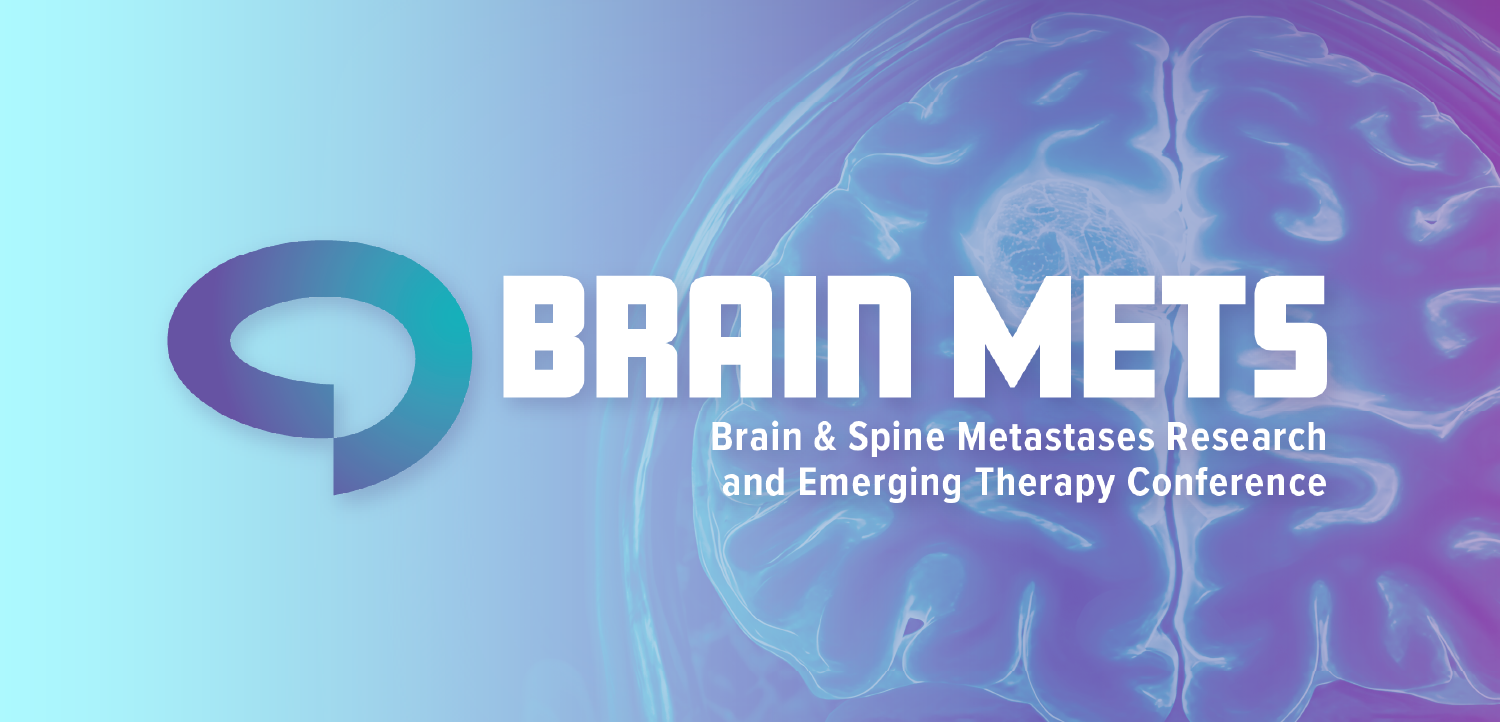
Training and technology: How hospitals can protect staff from patient violence | Viewpoint
With de-escalation techniques and technology, health systems can reduce the likelihood and severity of violent incidents against frontline staff members.
Managing angry patients and visitors is a daily challenge for frontline healthcare staff, and one that can lead to rising costs for health systems and traumatic experiences for team members.
Understanding how to de-escalate tense situations is not only essential for health systems to maintain a safe work environment but also to uphold professional care standards.
Learning and teaching key de-escalation techniques while adopting technology that scales staff safety with rapid responses from security, health systems can reduce the likelihood and severity of violent incidents against frontline staff members.
Understanding the depth of the problem
Hospitals endure significant financial impacts from violence, with the total annual cost of violence to hospitals in 2023 estimated at $18.27 billion, according to a June 2025
The AHA further breaks down that figure to $3.62 billion in pre-event costs associated with violence in the community and within facilities, and $14.65 billion in post-event costs including work loss costs, case management, staffing, and infrastructure repair. The largest single contributor to costs was post-event health care expenses to treat violent injuries.
Other
In both 2021 and 2022, the healthcare industry experienced a workplace violence rate of 14 nonfatal injuries involving days away from work per 10,000 full-time workers—more than three times higher than the average rate across all other industries. The consequences of workplace violence for healthcare workers can be severe, potentially leading to suicidal ideation, post-traumatic stress disorder, depression, anxiety, burnout, and ongoing feelings of anger, fear, and other intense emotions, according to the CDC.
Recognizing the issue and managing physical space
Patients become angry for many reasons, often stemming from unmet expectations. In healthcare settings, especially in emergency departments, patients might arrive anticipating immediate care but encounter extended wait times due to the prioritization of more critical cases. Delays in scheduled appointments due to unforeseen emergencies can also exacerbate patient frustration. Healthcare workers are now tasked with identifying warning signs of escalating anger, including initial agitation, repetitive questioning, elevated voice, profanity, pacing, glaring, and, ultimately, explicit or veiled threats.
An essential element of managing these situations involves understanding
It’s important to remember that the most critical boundary for safety purposes is maintaining at least four feet, as within this distance, the potential for a physical reaction diminishes significantly. By consciously observing these distances, healthcare providers can create a safer, less confrontational environment for both patients and staff.
De-escalating the encounter
Effectively beginning a challenging encounter requires calmness and clear communication. Healthcare workers should approach patients respectfully, using their names if possible, and introduce themselves and their purpose clearly.
It is crucial to maintain composure, as the patient may interpret any visible agitation or defensiveness as confrontational, further escalating the situation. Recognizing and acknowledging a patient's frustration empathetically, offering practical solutions or "creature comforts," and addressing their immediate concerns can significantly mitigate tension.
Voice control is another vital component in de-escalation. Maintaining a steady, calm tone, and carefully modulating volume helps to defuse tension rather than escalate it. Employing phrases that demonstrate active listening, such as "What I hear you saying is..." or "I understand that it's important to you because..." validates the patient's feelings and concerns.
This approach encourages voluntary compliance and collaboration, making the encounter less confrontational and more cooperative. Moreover, identifying the real underlying issues driving patient anger often provides opportunities to resolve the situation effectively without escalation.
Scaling staff safety with smart security badges
Encouraged by initial successes, Holyoke expanded this solution into additional departments and integrated further functionalities, showcasing the ease of scaling such safety measures within a healthcare facility to address multiple use cases effectively.
Conclusion
Workplace violence in healthcare settings presents substantial risks to both staff and patients. Regular training in conflict management and de-escalation, supplemented with scalable safety technologies, such as smart badges, enhances overall safety and response capabilities. By implementing comprehensive safety protocols and training, healthcare institutions can create safer environments, ultimately protecting their most valuable asset — their staff.
About the author
Mike Cummings, CPP, is Chief Security Adviser of Kontakt.io.






































